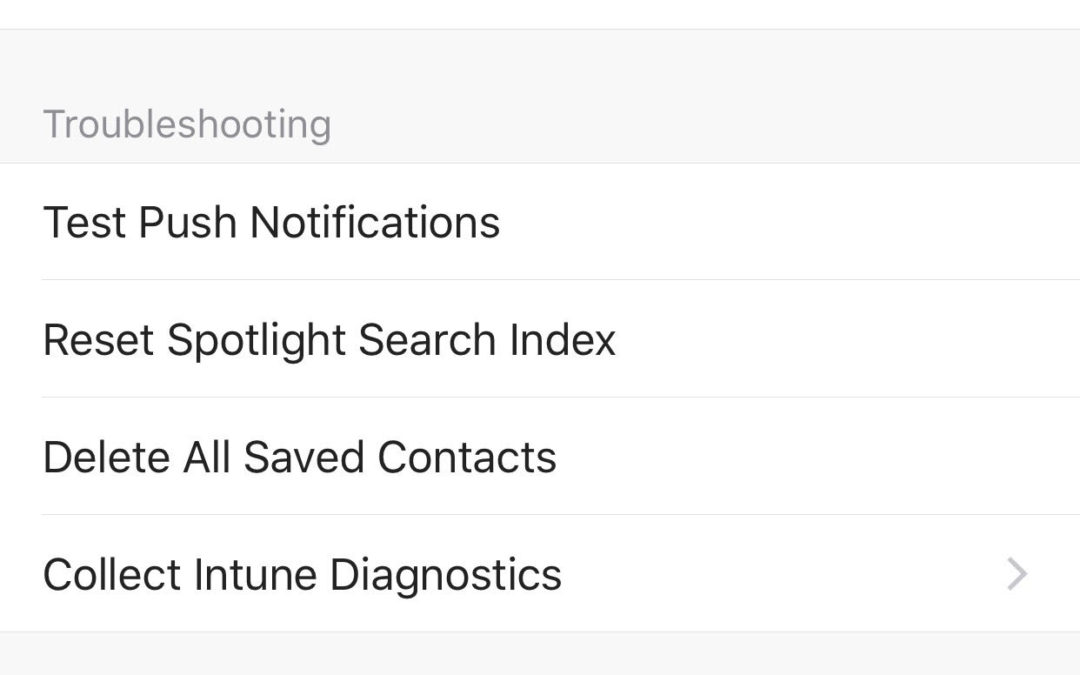by twieberneit | Jun 2, 2017 | Blog |
One of the eternal problems in a call center is getting an enquiry routed to the right agent. This is doubly true in a mobile world that demands conversational support in near real time. Add to this the fact that most customers seeking support already failed to find an answer to their inquiry using an FAQ, a community, or other self-services. In this situation customers expect an answer within few minutes, if not seconds. On top of this, the ability to make engagements with the company easy, efficient, and ideally joyful, is becoming more and more a distinguishing factor for companies. Customer experience is the result of engagements, and for humans the experience gained from the most recent engagement tends to have a higher influence than older ones. Consequently, a positive customer experience matters, not only during marketing- and sales, but even more so in situations that require active help of the company that sold the product or service. So, getting a solution to an issue must be as easy and as human as possible. The challenge is that every support organization needs to live and work with limited resources – human as well as technical ones. It is Like a Good Game of Soccer 11 players and a ball. There is a goal keeper, are defenders, midfielders and attackers who play as a team against their opposition, trained by their coach and guided by the captain. There is a core team, and some players may be assigned to different roles, even within one game. Depending on the opposition team, the coach and the captain change player assignments, tactics...

by twieberneit | Apr 21, 2017 | Analysis, Blog |
In a mobile world, where the smartphone has become the command center of our lives support needs to be offered from directly inside the app, using in-app messaging. This way the advantages of being able to send relevant contextual information about the state of the app to the service agent and the ability to engage in a service conversation via a conversational UI can get brought to full advantage. The user is identified, relevant information has been gathered, which the service agent can use right away. This leads to capabilities that a genuine mobile in-app support system needs to have on top of generic help center functionality: In-App FAQ that gets pushed out to the phone and is available in an offline scenario Collation of meta data about the phone, user and the incident that created the support call, along with the ability to send that to the customer service center In-App messaging/conversational UI in combination with push notifications Automation to properly route incoming issues and to increase the issue resolution efficiency An ability to integrate into CRM- or other systems An ability to selectively and proactively engage with users, to e.g. support onboarding or push notifications about special situations to relevant parts of the user community. It is possible to find vendors that deliver parts or all of this in order to deliver a mobile service experience. Platforms like G2Crowd, but also traditional analyst companies like Forrester and Gartner give some leads. Gartner lists Salesforce, Pegasystems, Oracle, Microsoft, Zendesk as leaders in customer engagement centers, with SAP being the only Challenger and Lithium the only Visionary. None of...

by twieberneit | Apr 6, 2017 | Analysis, Blog |
Following some of my posts on AI in customer service environments I got contacted by Daniel Doctor from Tenacity who invited me for a chat with Ron Davis, the founder and CEO of the company. Which I had. And it was an interesting conversation. In my articles I spent a lot of time focusing on how AI, machine learning and chatbots can help improving both, the customers’ and the service agents’ experiences by making sure that all relevant data is collated and available, reducing wait times for customers, being able to already suggest good solutions to both, customers and agents, and so on. The objective is at all times to have the customer get a good solution as frictionless as possible and to enable the service agent to concentrate on the hard jobs. The idea behind this approach is that it reduces customer irritation by having the answer faster and improves the agent situation by making the work more attractive. After all, who of us loves dull, boring and repetitive work. Not many, I bet – certainly not I. Of course, this is only half of the truth. Service agents, like all employees also react strongly on who they work with, who they work for, whether they have the right tools at hand to get their job done, how their stress levels are, whether their private lives are untroubled, whether they have enough sleep, and so on. Additionally, the more interesting situation of the dull jobs being taken care of by the machine creates stress, as the customers tend to already have an elevated level of frustration that was...


